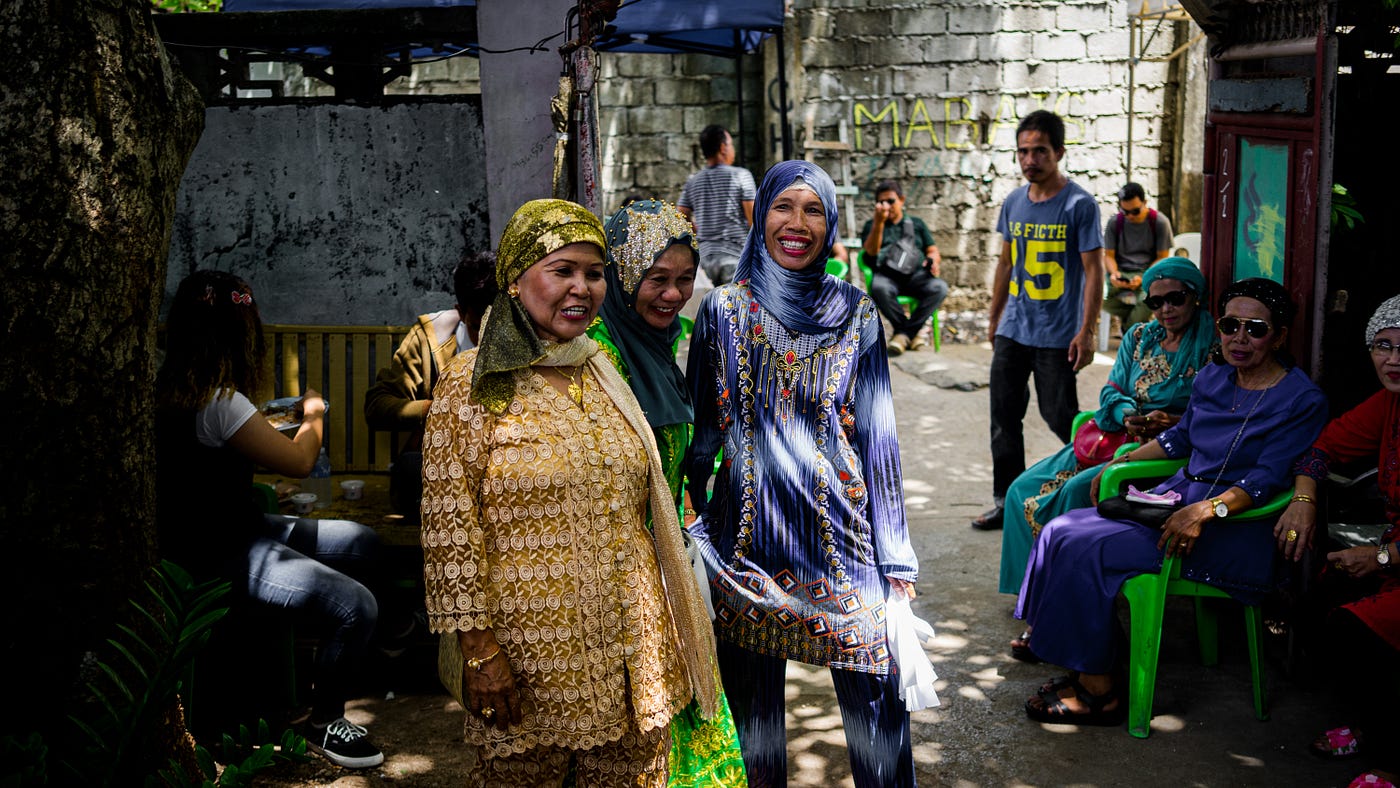Get This Report on Tausug Philippines
The Ultimate Guide To Tausug Philippines
Table of ContentsNot known Details About Tausug Philippines Tausug Philippines Fundamentals ExplainedThe smart Trick of Tausug Philippines That Nobody is Talking AboutOur Tausug Philippines PDFsSome Known Details About Tausug Philippines The Single Strategy To Use For Tausug Philippines
Anne's understandings of the Pangalay program just how, in a place where several cultures coexist, respect for tribal ownership of a dance is not inappropriate with an admiration for and also even a feeling of satisfaction in the cumulative corpus of dancings as one practice, on a nationwide degree. Dance is an activity so common in Philippine culture that, actually, it is frequently considered given.
There is no refuting that Reyes-Aquino deserved her Nationwide Artist Honor in Dancing for the collection of descriptions of all the dances that show up in her six-volume work (Aquino 1953), but I keep that more research is needed to improve this collection by upgrading, trimming, expanding, and dealing with, where essential, particularly when it concerns the classification and groups of dances.
There is much details therein, definitely, but reliable reconstruction as well as circulation of this info requires the job of a lot more scholars. I note, nonetheless, that this process of alteration is not without its political difficulties amongst dance scholars and practitioners. Tausug Philippines. While investigating the Pangalay in the capital as well as 2 towns of Tawi Tawi, an island province within the Sulu archipelago, Santamaria uncovered that the natives of this district set apart the Pangalay from the Igal.
Some Known Incorrect Statements About Tausug Philippines
Not remarkably, reactions from Amilbangsa's team to this claim were hostile, accusing Santamaria of negating Amilbangsa's initial study as opposed to seeing it as the exploration of new understanding. As the acknowledged professional in Pangalay, it was assumed that Amilbangsa might not be wrong, similarly that Aquino's study is believed to be self-evident.
Bajau youngsters learning the Igal in Sempornah, Sabah. Photo by Hanafi Hussin. Amilbangsa's advocacy for the Pangalay is worthwhile in that she looks for to maintain the custom alive to ensure that future generations will maintain performing this age-old kind that was exercised before individuals that danced it were converted to Islam.
Clearly, it would be beneficial if she can upgrade her research study or enable others to continue the research study for her. My account of troubles with the category and classification of dances in the Philippines as well as their paperwork looks for to show exactly how the advancement of a national heritage is not without contestation, as multiple cultural teams struggle to maintain their identity and also freedom on a tribal level within the merged field that is nationhood.
An Unbiased View of Tausug Philippines
On the lower footer of the site, a copyright is suggested from 1999-2013, although this may reflect the size of time that the Alun Alun Dancing Circle has actually functioned, as specified on the website's account page: http://pangalaydance. com/the-alun-alun- dance-circle. It would certainly be safe to claim that the article "The Pangalay Dancing Style" might have been submitted to the website as very early as January great site 2007, which is the earliest day of the archives of articles on the site, and composed prior to after that.
gov.ph, it is unclear where an update of this record can be discovered. Summaries of the history of Philippine dancing are discovered in Basilio Esteban Villaruz's Sayaw: An Essay on Philippine Dancing, which was published as a brief essay by the Cultural Center of the Philippines (CCP) in 1989, then included in the Tuklas Sining collection (1991 ).
In some locations, the movement of such peoples has drastically modified the ethnic structure. Such is the case of southern Sulu, the islands comprising the district of Tawi-Tawi. This paper is a discussion of recent population motions in the Sulu Islands, and just how these may be related to the society history of the Sama individuals, the earliest occupants of Sulu (*).
Rumored Buzz on Tausug Philippines

Design and also Neighborhood Preparation. There are 3 kinds of Mranaw homes: the lawig (tiny residence), mala-a-wali (huge home), and also the torogan or ancestral home of the datu. Some Mranaw houses have articles which rest on the rounded stones; these "floating foundations" prevent the structures from falling down during earthquakes (Peralta, 1975: 28-31).
It stands thirty to 220 centimeters in the air, resting on nine to twelve bamboo or wooden poles. A fenced veranda offers as the front of your house; the cooking area, which is fifty centimeters less than the structures, is at the back. Tausug Philippines. The major body residences the resting location, which doubles as a living and also my website functioning location in the morning.
Our Tausug Philippines PDFs
The widowed line flooring of the house is of split bamboo tied with rattan. Carved breasts, headboards, or mosquito displays separate the inside into the resting and non- resting locations. Covered with a riyara woven mat, rice-stalk bundles offer as bed mattresses, the head and also foot of which are laid out with cushions.
The Find Out More roof covering of the mala-a-walai is made of thick cogon yard secured on bamboo structures by rattan. Notched bamboo posts server as the stairways, which are put at the front and rear of your house (Alarcon, 1991: 65-66). The finest example of Mranaw architecture is the torogan, which showcases the most effective of Mranaw okir (literally, "carving").

4 Easy Facts About Tausug Philippines Described
